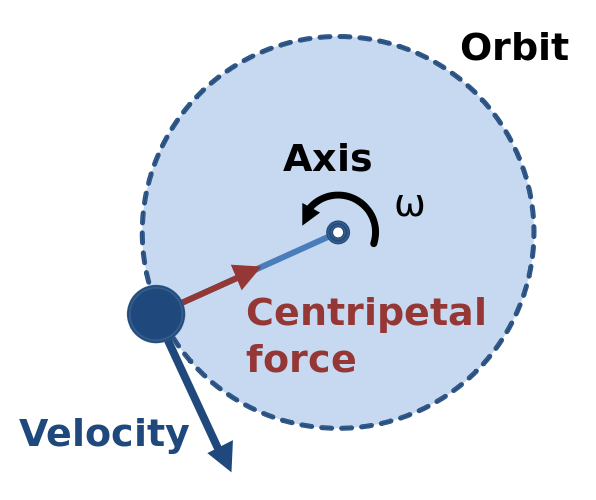One member in particular: you.The lack of knowledge by forum members and the ability to answer simple questions is astonishing.
Um, post #8: TENSION.I will ask again, if it is not centripetal force being imposed inwards by the elastic bands , then what force is it?
Post #10: TENSION.
You appear to have some difficulty in reading.
Word salad.The elastic bands add inward force to the Melon, the molecules of the melon are contracting inwards to make a greater intensity of force on the Circulars Plain center of mass, you are not this clueless surely?
Nope.P.s - gravity is centripetal force
That's why it's NOT a "centripetal force".gravity is not based by rotation qualities.



